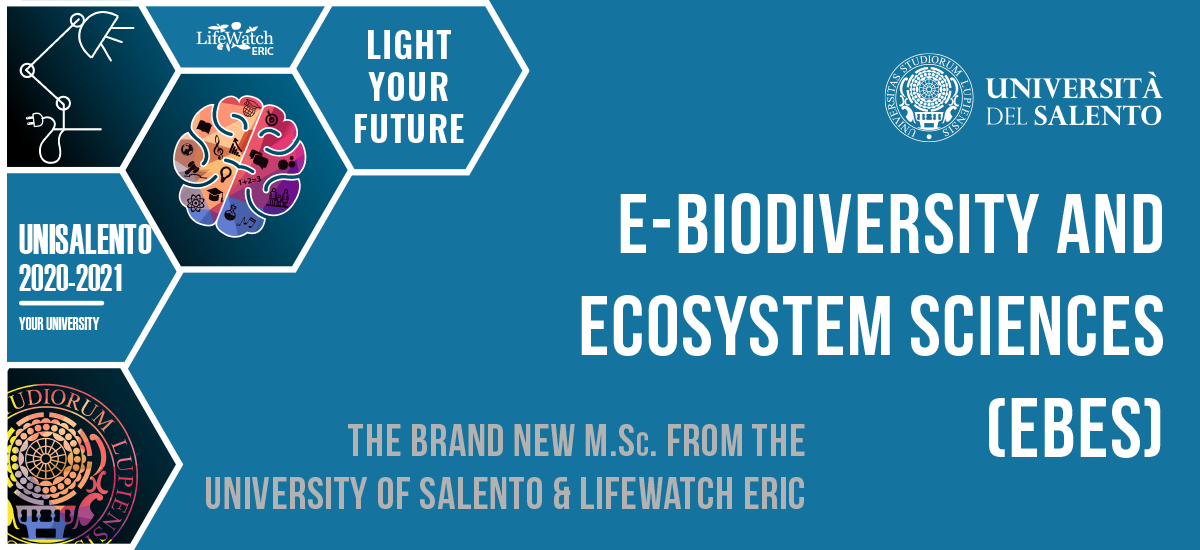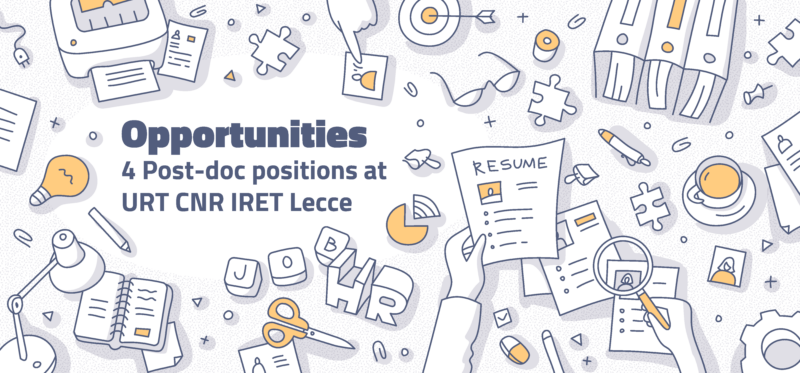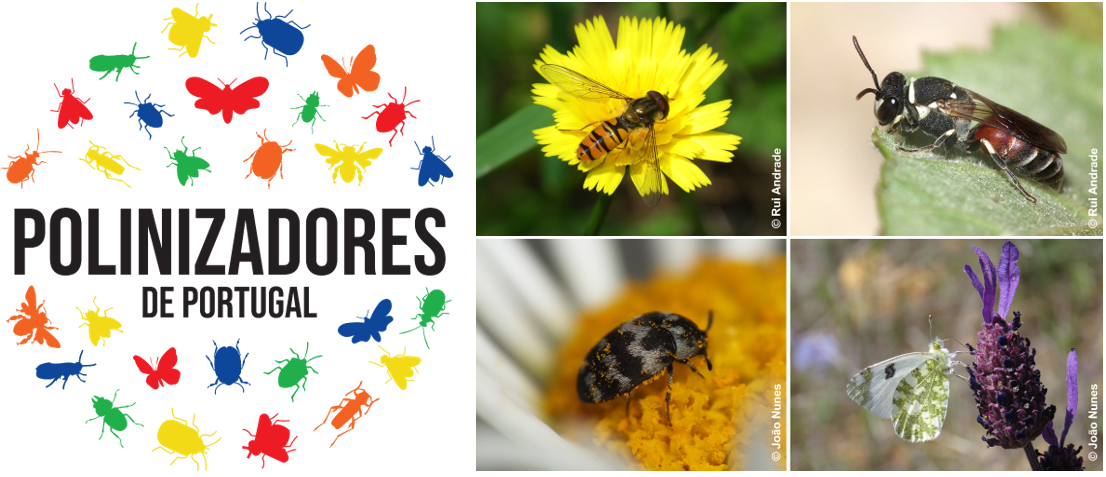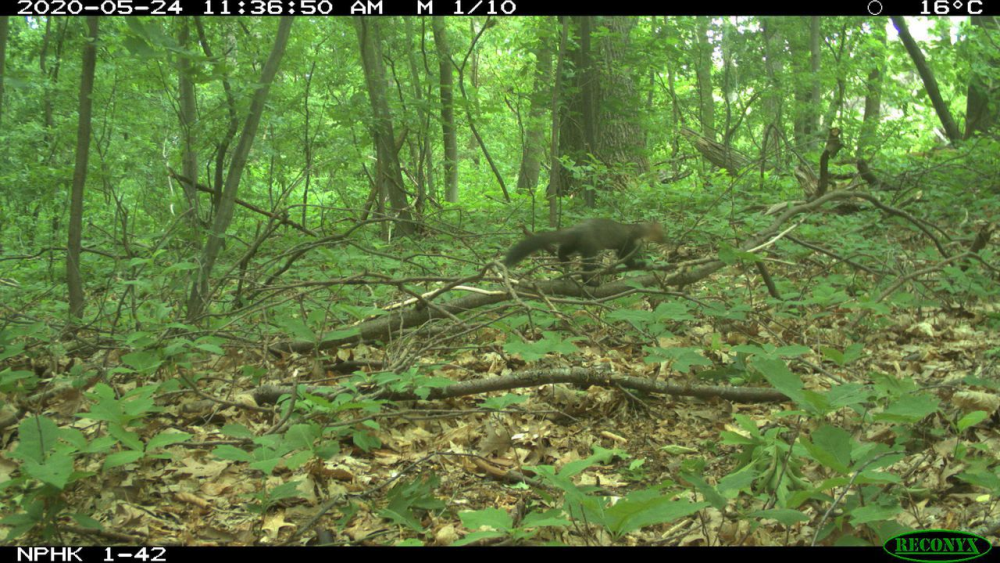A new Master in e-Biodiversity and Ecosystem Sciences (EBES) degree will be offered next year by the University of Salento and LifeWatch ERIC, to prepare the next generation of professionals to apply data tools and concepts to ecology, and develop innovative, interdisciplinary solutions to environmental issues.
LifeWatch ERIC, together with the University of Salento (and soon also the Ionian University in Corfu), is offering students who enrol in this master’s degree the opportunity to combine these disciplines in a single professional development programme in this exciting new field. e-Biodiversity and Ecosystem Sciences (EBES) is the newest International M.Sc. available at UniSalento, as from next academic year 2020-2021, as a double degree and exclusively taught in English.
A new generation of scientists and experts is needed in e-biodiversity and ecosystem sciences, professionals who are trained to apply data science tools and concepts to ecology, and develop innovative solutions to these key issues, and others, by blending the sciences and working in interdisciplinary teams.
Global challenges, like the climate crisis and the current COVID-19 pandemic, call for a deeper understanding of ecological phenomena at various levels of scale, to identify patterns and underlying mechanisms of biodiversity organisation and ecosystem functioning, and design scenarios of future change.
Science is changing: informatics and data are becoming ever more prominent and are opening up new opportunities to advance our knowledge and provide science-based solutions to society’s needs. We have big data but we lack the ability to take full advantage of them.
Thanks to the strategic partnership with LifeWatch ERIC, students of the Master in e-Biodiversity and Ecosystem Sciences will have the unique opportunity to spend from 6- to 12-month mobility periods abroad during their second year, taking advantage of dedicated LifeWatch ERIC fellowships or those of the ERASMUS+ programme. EBES students will also be welcomed within the LifeWatch ERIC Partner Institution Network, offering access to infrastructure facilities and Virtual Research Environments to work on their master’s thesis.
Check the brochure (updated 2021–2022 version) and the University of Salento webpage for more info.





